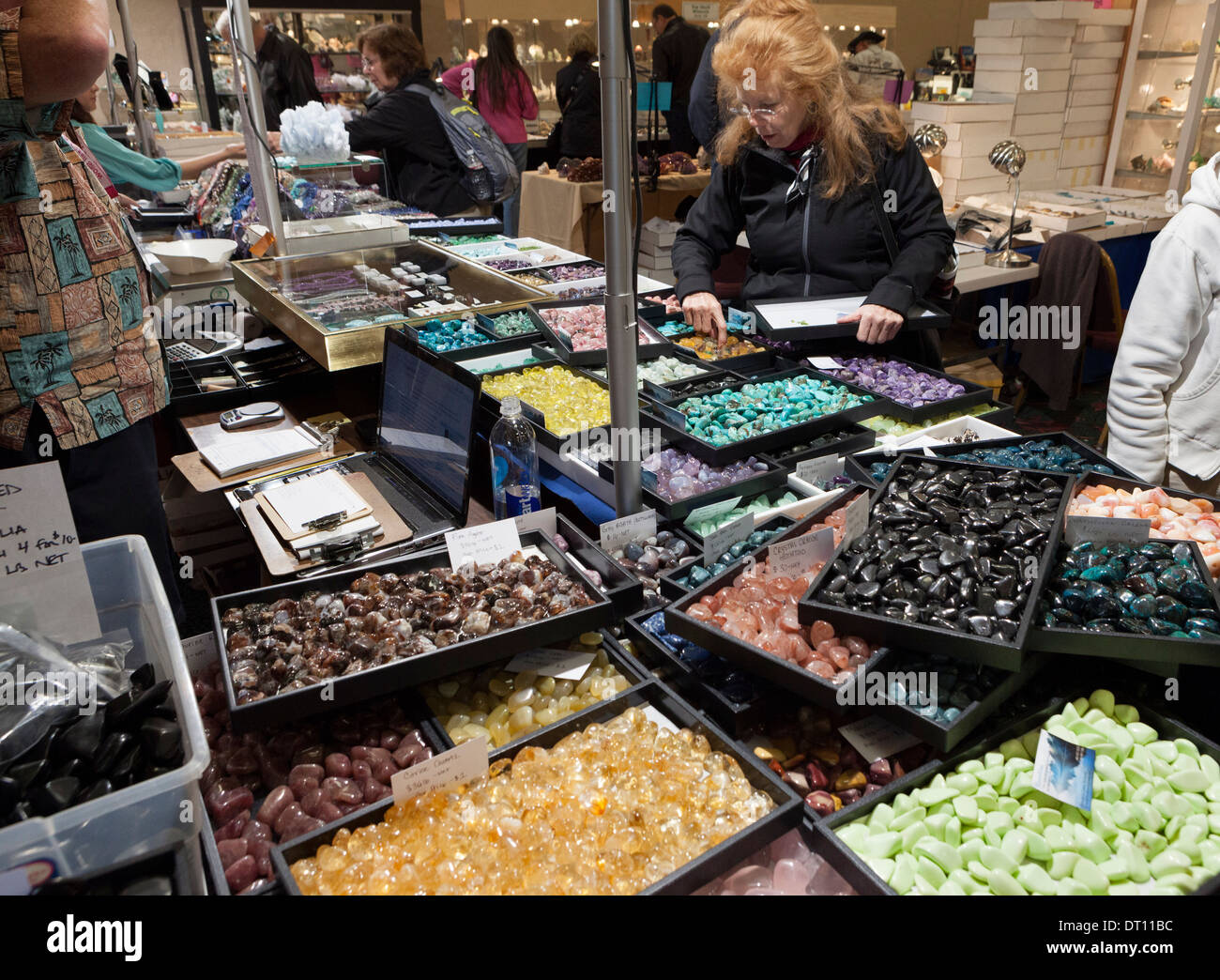
Some cutters prepare their variscite for cutting by gluing it to a thin piece of black plastic or other material. Nevada variscite is often cut and polished into beautiful cabochons. It is sometimes associated with turquoise as both minerals form above the water table, in the near-surface environment, and require a source of phosphate. Some is found as nodules, and much is found as a vein and fracture-filling material. Variscite has been produced in small amounts at a few locations in Lander County, Nevada. So, much of the material being sold as "white turquoise" or "white buffalo turquoise" would be better if it was called "white buffalo stone" because it is not turquoise. Others report that material sold as white turquoise is howlite or opalized calcite. We purchased some material sold as "white turquoise," sent it for x-ray diffraction, and learned that it was a combination of magnesite and dolomite. But the copper content of genuine turquoise should prevent it from being a snow-white color.


Turquoise can be a very light blue or a very light green and sometimes a yellowish green. There are some reports of "white turquoise" and "white buffalo turquoise" being mined in Nevada, and a lot of material is sold under those names. A better name for this material is "White Buffalo Stone." We purchased some "White Buffalo Turquoise" and sent it out for x-ray diffraction, and the result was magnesite with dolomite. Some people report that it is really opalized calcite or howlite. White Buffalo Stone: Some material mined in Nevada is sold under the name "White Buffalo Turquoise." That name can be incorrect. Bauer, United States Geological Survey Circular 142, 1951.) (Information about the USGS study can be found in: Virgin Valley Opal District One sample containing 0.12 percent uranium Most of the opal examined contained between trace amounts and 0.02 percent uranium. They found uraniferous opal in discontinuous layers parallel to the bedding of the ash and tuff deposits. In the early 1950s, the Atomic Energy Commission asked the United States Geological Survey to sampleĪnd evaluate the material. Some of the opal found in Virgin Valley is uraniferous. Rough for a few years before cutting to be sure that their cutting time is well-spent. The material looks sound when it is removed from the ground,īut after a few years of exposure, cracks will develop and the opal will break into small pieces. One problem that is frequently seen in Virgin Valley opal is crazing. Visit our Fee Mining Page for a list of these mines. You're the Miner: There are over 100 mines in the United States where anyone can visit, pay a small fee, look for gems and minerals, and keep what they find. A piece of yellow faceted Nevada fire opal is shown on this page. "Fire opal" is a term used for a colorful, translucent to transparent opal with a background color that is a fire-like hue of yellow to orange to red. There you can pay a small fee, look for opal (and other gem materials) and keep whatever you find according to mine rules.įire opal is also found in Virgin Valley. All three are fee mines, open during limited times of the year for public digging.

The Royal Peacock, Bonanza, and Rainbow Ridge Mines are all locations where precious opal is currently produced.

Some of the silica formed beautiful precious opal. The silica precipitated in the open spaces of the wood and replaced the woody material. Some of the buried wood was petrified when groundwater carried in dissolved silica. Tuff and volcanic ash from that eruption, which are over 100 feet thick. Today parts of Virgin Valley are underlain by opal-bearing There, millions of years ago, a volcanicĮruption blanketed the land with ash and buried a nearby forest. Some of the finest black opal in the world is mined in the Virgin Valley area The gemstone that Nevada is best known for today is opal. It shows the spectacular green fluorescence of some Virgin Valley opals. The photo on the right was taken under a fluorescent lamp. The image on the left is a photo of the same specimen taken under daylight conditions. Nevada fluorescent opal: A rough specimen of mossy opal from the Royal Peacock Mine.


 0 kommentar(er)
0 kommentar(er)
